Why is black currant black
Currant is the most widespread berry crop in our country. Since the 10th century, it was grown in the monastery gardens by the monks of Kievan Rus. For centuries, berries were enjoyed "from the bush", they were dried, boiled, frozen, tinctures were prepared, used to treat diseases and improve the skin of the face.
Is it a fruit or a berry, why is black currant black, where it grows and what happens - this and much more will be discussed in the article.
The content of the article
What is currant

Currant is a well-studied plant and has been described by botanists, breeders and amateur gardeners. From the point of view of science, this is a berry shrub from the genus Currant (Ribes) of the Gooseberry family (Grossulariaceae).
Reference! Gooseberries and various types of currants belong to the same genus.
More than 190 species of this plant are known. The most popular, growing in almost all summer cottages and in almost every village courtyard, are black and red currants.
Even children know what black currant looks like. A sprawling bush of medium size reaches a height of 1.5–2 m. Soon after the spring snowmelt, it is covered with delicate emerald greenery. By the beginning of summer, the leaves darken slightly, acquire a rich green tint, become smooth to the touch on top and slightly fluffy on the bottom.
The shrub blooms in May - early June. Grayish-pink flowers, shaped like bells, are collected in clusters-inflorescences up to 5-10 cm long.
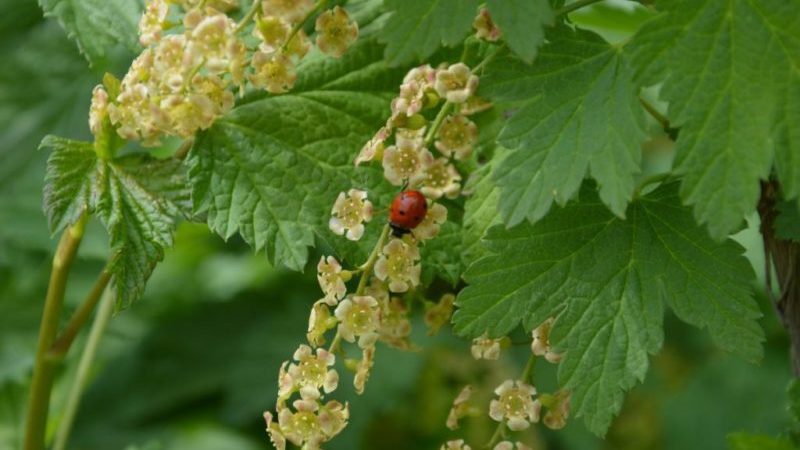
Harvesting begins in early July, when most of the fruits will turn black and slightly soften. Berries with a sweet and sour taste and a peculiar smell reach 1.5 cm in diameter, their surface is matte or glossy, depending on varieties... The blue-black color of the fruit is given by coloring pigments - anthocyanins.
Attention! 2 weeks after ripening, black currant berries lose up to 70% of their vitamin C.
Garden, or red, currant is a less common plant. The bush up to 2 m high is covered with dark green serrated leaves. Inconspicuous small yellow-green or reddish-brown flowers are collected in a brush. Bright red juicy berries with a diameter of 8-12 mm, forming clusters, are smaller and more acidic than black ones.
With proper care, the currant bush bears fruit for at least 10-15 seasons in a row. Young plants for the first few years will delight summer residents with large berries without unnecessary labor.
Description and characteristics of currants

Most currant species are deciduous shrubs. Plants have a powerful root system that goes to a depth of 1.5 m. Shoots are straight, elongated, the lower branches are lowered to the ground.
Leaves are alternate, consisting of 3-5 lobes. The color intensity depends on the species. The top of the leaf is usually darker than the bottom. Ornamental plant species are distinguished by unusual color of foliage: red, orange and crimson, changing during the season.
Currant flowers on fluffy pedicels do not exceed 1 cm in length. Inflorescences of several buds form brushes. Most of the species are monoecious plants, but there are dioecious plants in which the female and male flowers are collected in separate brushes.
Currant fruits are edible berries of a round or oval shape with small seeds, always with a sour taste. The color is black, red or golden.
Where does currant grow
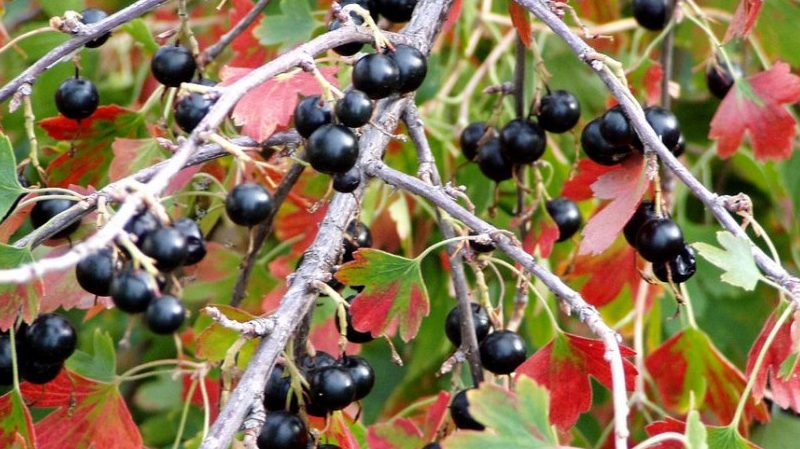
Dense thickets of wild black currant are found in humid forests, along the banks of rivers, lakes and swamps of Eurasia.
Cultivated varieties are grown in Europe, parts of Russia suitable for horticulture, Kazakhstan and Mongolia.Several varieties of black currant have taken root in North America.
The most suitable soil for currants is chernozem loam. But the culture grows on other soils, both light and dense. The main thing is that the place is fertile and humid.
Attention! Red and white currants tolerate drought more easily than black currants.
The bushes are recommended to be planted in an open, sunlit place, at a distance of at least 1 m, so that they do not darken each other. With a lack of light, the berries grow small.
Plants on marginal soils require special care already 2-3 years after planting. During the summer, they are watered with liquid fertilizers to keep the soil moist. Simultaneously with the introduction top dressing the ground is loosened at a distance of 0.5 m from the bush.
Types and varieties of currants
Currant is an unpretentious plant, but to get the maximum yield, it is better to grow zoned shrubs.
For example, varieties of the Siberian group, characterized by high frost resistance, are suitable for growing in areas with a sharply continental climate: in Altai, in Siberia.
Dikusha Is a strong, sprawling and self-fertile, fruitful plant that withstands drought, heat and cold equally well. It takes root well in the Far East and Siberia.
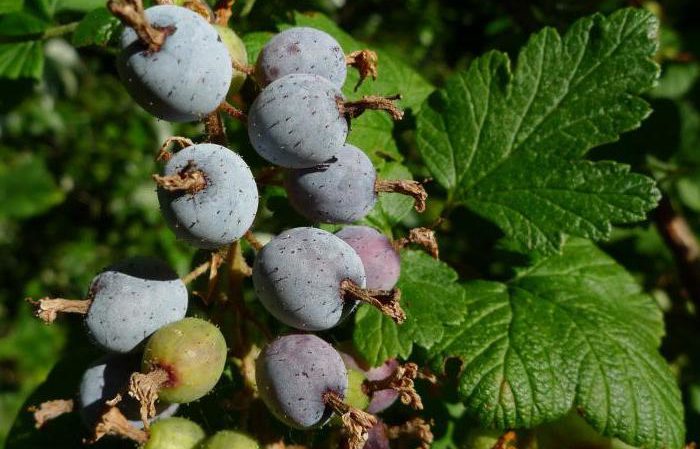
The middle zone of Russia is characterized by a temperate continental climate and a variety of soils. For growing crops in such conditions, varieties of European selection are suitable.
Black currant
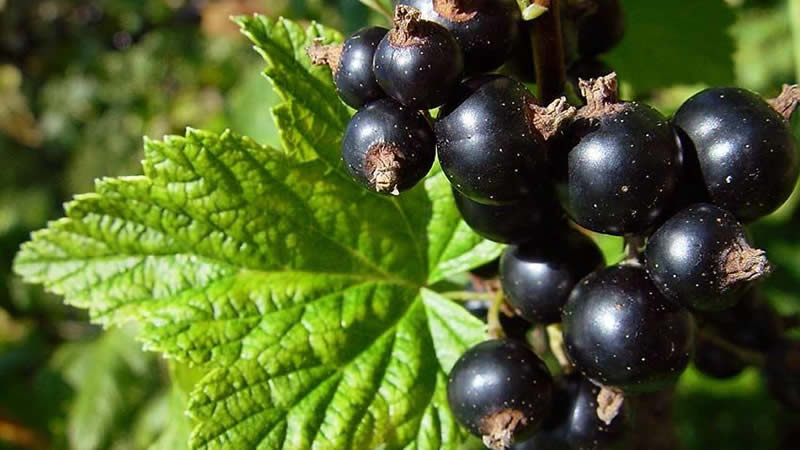
Early ripening black currant varieties bloom in May and are afraid of recurrent frosts. The fruits are harvested in late June or early July. The berries have a thin skin and bright taste, so they are not processed, but eaten fresh.
Mid-season varieties ripen 2-3 weeks later than early ones. This time falls on hot July days, so the taste of the berries is much sweeter and denser. Mid-late currants are harvested from late July to mid-August. Late berries sweeter, with thick skin and firm pulp. They do not crease during transportation, are stored for a long time and are used for blanks.
Popular varieties:
- Hardy early maturing Selechenskaya 2 withstands winter frosts down to -30 ° С, tolerates drought well, resistant to anthracnose and powdery mildew. It is defenseless against aphids, kidney mites and glassworms, therefore it needs to be treated with insecticides. Fruiting begins in the second year, and after 3-4 years you can count on the maximum yield - 5-6 kg per bush. The berries are juicy, with a dessert taste: sweet, tender, with a slight sourness.
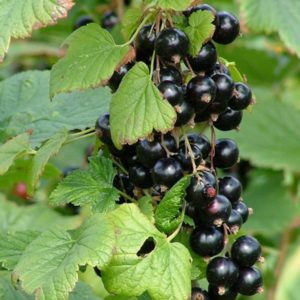 Selechenskaya 2
Selechenskaya 2 - Mid-season currant Dubrovskaya frost-resistant, self-pollinated, resistant to kidney mites. Graceful shrubs with a dense, bright green crown are sometimes planted to decorate the garden. However, due to the strong growth, the shrub has to be regularly prune... With proper care, up to 4 kg of fruits are harvested from one adult plant. Sweet and sour berries are recognized as one of the most delicious, and juicy leaves are added to winter preparations.
- Venus is one of the best mid-late varieties. The plant tolerates frost and snowless winters well, and drought in summer. Venus is insensitive to anthracnose, powdery mildew, but it is affected by kidney mites and septoria. The variety is self-fertile, but pollinating plants are required for a good harvest. The fruits ripen at different times - over the summer, the crop is harvested 3-4 times. Subject to all agrotechnical requirements, the yield reaches 5 kg per bush. The berries are very sweet and aromatic, without sourness, with a classic currant aftertaste. Tasting score - 5 points.
Red Ribes
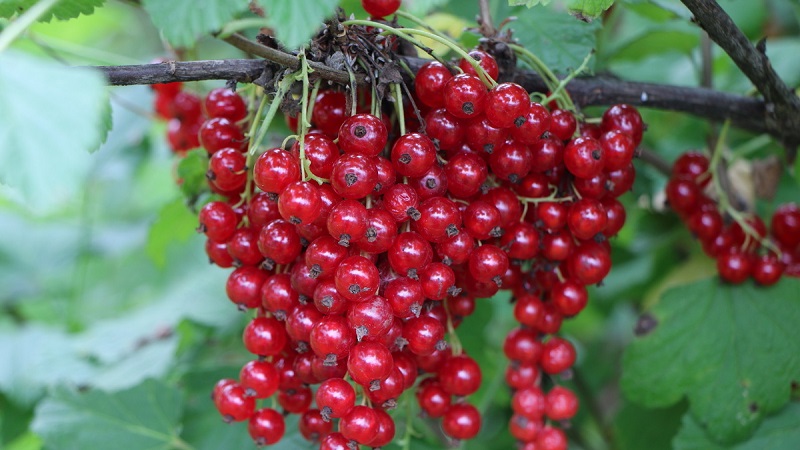
This shrub is not as popular as black currant. Gardeners prefer plants with large fruits, winter hardy, pest resistant and diseases... Garden red currant suffers from vitreous, red-gall aphids, powdery mildew and anthracnose. Therefore, varieties that are resistant to these diseases and pests are highly prized in personal plots:
- Breeders highlight the medium early versatile Dutch variety Jonkheer Van Tets, zoned in Russia. The plant is very hardy, resistant to powdery mildew, rarely affected by anthracnose and kidney mites. Due to the early flowering, currants do not tolerate spring frosts. The berries ripen evenly. The average productivity of an adult bush is 4–6 kg. The fruit has a slightly sour taste.
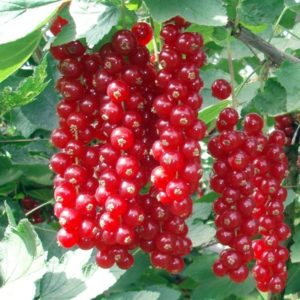 Jonker Van Tets
Jonker Van Tets - Mid-season grade Natali resistant to disease and pests... The plant is self-fertile, therefore it gives a good harvest (up to 8-12 kg per bush) even in unfavorable years for pollination. The crown is thick and spreading - so that the branches do not break under their own weight, props are installed under the adult bushes. Bright red sweet and sour berries with a small amount of small seeds are used in blanks.
- Eagle's gift - a versatile variety with a late ripening period, immune to powdery mildew and septoria blight, moderately affected by anthracnose. Due to the late flowering, the ovary almost never freezes. The berries ripen unevenly. The variety is loved for its high yield (6-10 kg or more per bush) and sweet, with a pleasant sour taste. Tasting score - 4.3 points.

Golden currant
The homeland of golden currants is North America. Russian summer residents underestimate it and often use it as an ornamental shrub. In the spring, flowering currants are covered with fragrant yellow flowers in such quantities that sometimes the leaves are not even visible.
Interesting! The fruits are striking in a variety of shades: on neighboring branches, black, yellowish, purple, orange and pink berries simultaneously flaunt. In autumn, the bushes acquire a variegated yellow-red-green color. At this time they are especially beautiful.
The shrub is absolutely unpretentious and takes root in almost any area: in partial shade and in full sun, on light and heavy soils, on plains and slopes. Tolerates winter frosts below -30 ° C. Practically not sick, resistant to gas contamination and dust:
- Early variety Kishmishnaya blooms in May, bears fruit in the first decade of June. In this case, the berries are kept on the branches until August. Fruits of an unusual heart-shaped shape, without seeds, light crimson color. In fruitful years, one bush gives up to 10 kg of berries.
- Novosibirsk mid-season variety Ermak it takes root equally well in the middle lane and in Siberia, everywhere it gives a decent harvest - 5–8 kg per bush. It is drought-resistant and frost-resistant. It is better to plant shrubs in groups: in detached plants, pollination decreases by 20-30%. Berries are dark in color, like black currants, sweet and sour in taste with a pleasant smell, unusual for this culture.
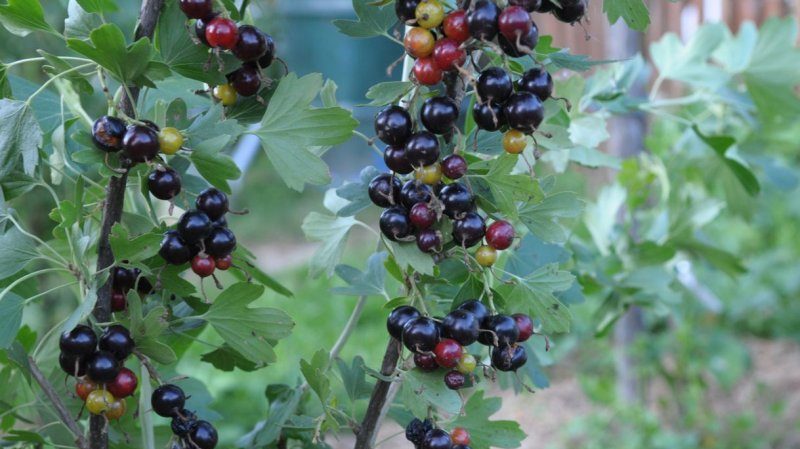 Ermak
Ermak - Mid-late Shafak tolerates snowless winters, is resistant to diseases and insect pests. The fruits ripen not earlier than mid-August. The yield reaches 5–8 kg per bush. Ripe berries with a rich red-orange hue have a typical "currant" sweet and sour taste.
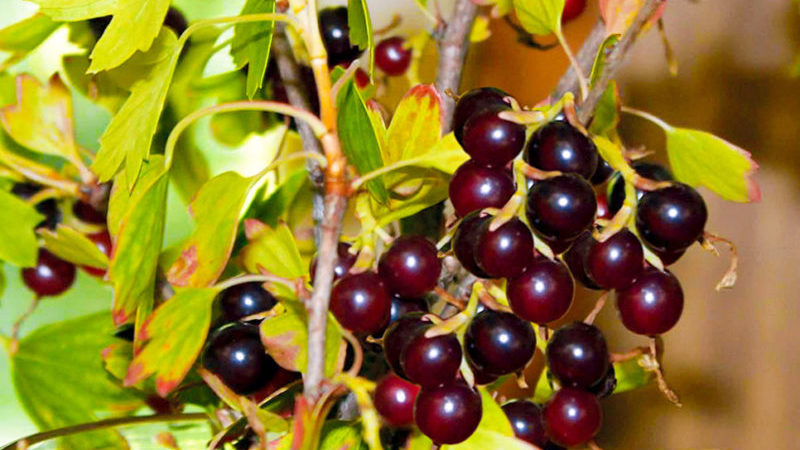 Shafak
Shafak
Conclusion
Currants are an amazing gift from nature. Russians have long fallen in love with this unpretentious, rich in vitamins and very tasty berry. Breeders have developed many varieties, different in taste, color, size and rate of fruit ripening.
Zoned shrubs take root equally well in the Urals and in Siberia, in the Caucasus and the Far East, in the Volga region and central Russia.